The first thing that hit me, as I delved into various park and BLM websites, was the sheer complexity of the permit system, especially for the more famous stretches. It wasn’t like booking a campsite at local state park.
This blog post is born from that initial overwhelm and the subsequent deep dive into the nitty-gritty of Colorado River permits. My goal is to lay it all out for you, demystifying the process and equipping you with the knowledge you need for a truly unforgettable, and legal, adventure.
Table of Contents
Navigating the Waters: Which Sections Require Permits?
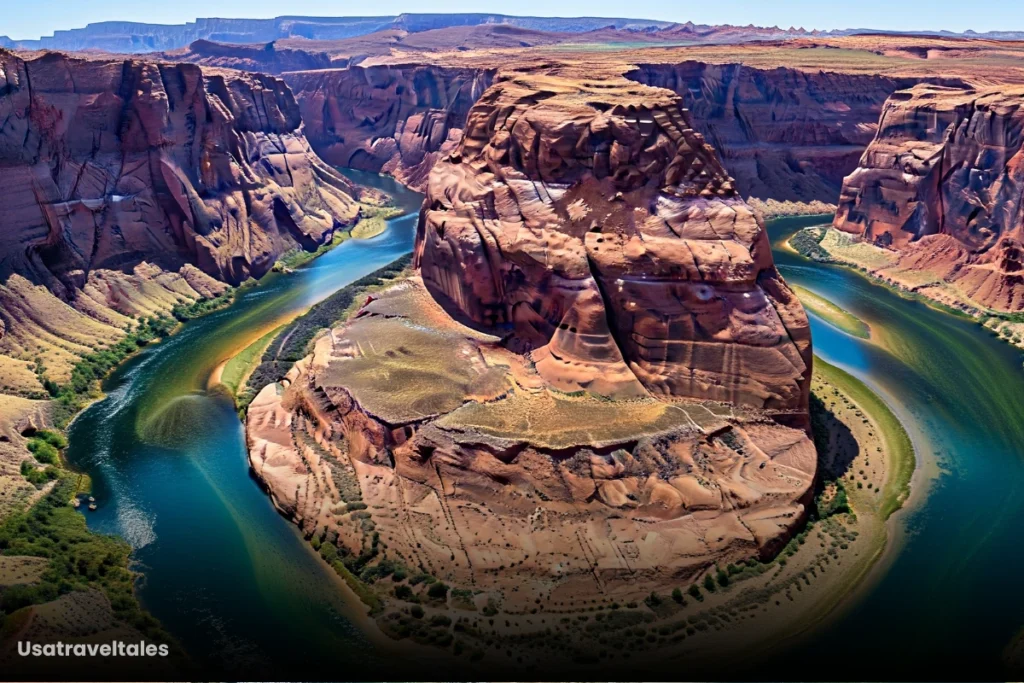
Not all sections of the Colorado River demand permits, but the most iconic and ecologically sensitive stretches certainly do.
1. Grand Canyon National Park (Lees Ferry to Lake Mead): However, obtaining a non-commercial (private) permit here is a competitive endeavor, managed through a weighted lottery system. Commercial trips, offered by authorized outfitters, operate under their own permits.
2. Canyonlands National Park (Green and Colorado River sections within the park): Unlike the Grand Canyon, Canyonlands permits for most sections are not obtained through a lottery but rather on a first-come, first-served basis, becoming available a few months in advance.
Other Notable Sections:
3. Westwater Canyon (Utah): Known for its challenging Class IV rapids, Westwater Canyon also requires permits year-round. These are managed by the Bureau of Land Management (BLM).
I learned that for Westwater, permits are released two months in advance on a rolling daily window, often via Recreation.gov.
4. Ruby-Horsethief Canyon (Colorado/Utah): This beautiful, mostly flatwater section is excellent for families and beginners. While day use doesn’t always require a permit, overnight camping permits are mandatory year-round due to limited campsites. These are also handled by the BLM and become available two months in advance.
My takeaway: Always check the specific land management agency (National Park Service – NPS, Bureau of Land Management – BLM) for the section you’re interested in.
The Permit Pathway: Application Process & Types
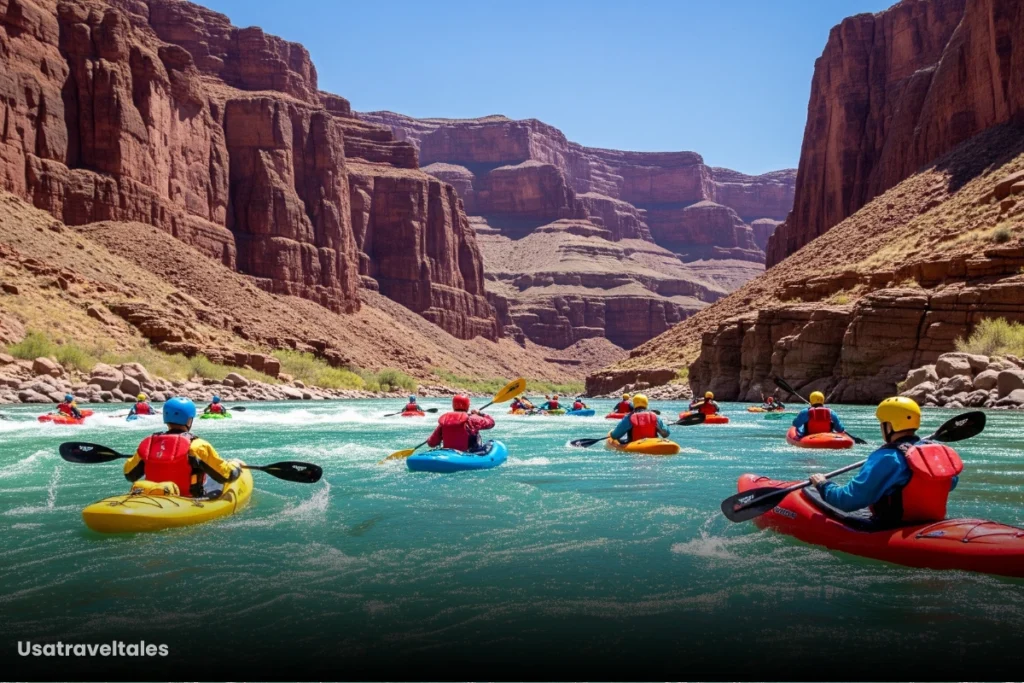
Once you know where you need a permit, the how comes next.
General Application Process (often via Recreation.gov): Most federal river permits are managed through Recreation.gov. You’ll typically need to create an account first.
For lottery systems like the Grand Canyon, you’ll submit your application during a specific window, select your preferred dates (up to five for Grand Canyon), and often pay a non-refundable application fee.
If you win, you’ll then pay a deposit and later the full permit fee. For first-come, first-served permits, it’s about being online at the exact moment they become available.
Types of Permits:
1. Non-commercial (Private) Permits: These are for self-guided trips, meaning you and your group are responsible for all logistics, safety, and adherence to regulations. This is what most independent kayakers will seek.
2. Commercial Permits: These are held by licensed outfitters who offer guided trips. If you prefer not to manage the logistics yourself, or want the expertise of a professional, booking with a commercial outfitter is a fantastic option.
3. Day Use vs. Overnight Permits: Some sections, like Ruby-Horsethief, differentiate. Day use might not require a permit, but any overnight stay will. This often comes with different fee structures and camping regulations.
4. Special Use Permits: Academic institutions or large organized groups might require these.
Timing is Everything: Deadlines & Costs
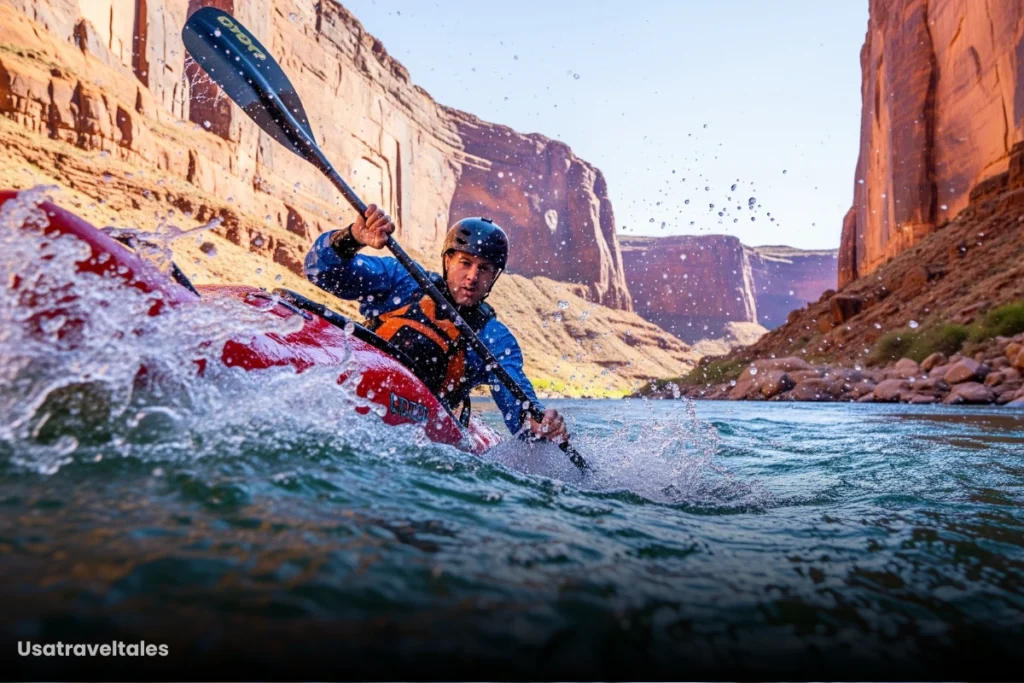
Missing a deadline or miscalculating costs can quickly derail your Colorado River trip.
Permit Application Deadlines/Lottery Periods
1. Grand Canyon: The main lottery for non-commercial trips typically runs in February for the following year’s launch dates. There are also “follow-up lotteries” throughout the year for unclaimed dates.
2. Canyonlands: Permits usually become available four months in advance. For example, if you want to launch in November, you’d apply in July.
3. Westwater Canyon & Ruby-Horsethief: Permits are released two months out on a daily rolling window.
Permit Costs and Additional Fees
1. Application Fees: Often a flat, non-refundable fee (e.g., $25 for Grand Canyon). This simply enters you into the lottery or allows you to apply.
2. Per-Person Fees: Once awarded a permit, you’ll pay a per-person fee. For Grand Canyon, this can be substantial (currently proposed to increase from $90 to $310 per person for Lees Ferry to Diamond Creek). Canyonlands charges around $25 per person plus a reservation fee.
3. Trip Deposits: For Grand Canyon, a hefty deposit (e.g., $400) is required if you win the lottery, which is then applied to your final permit cost.
4. Park Entrance Fees: Don’t forget these, as they are separate from your river permit.
Group Dynamics & Logistical Essentials
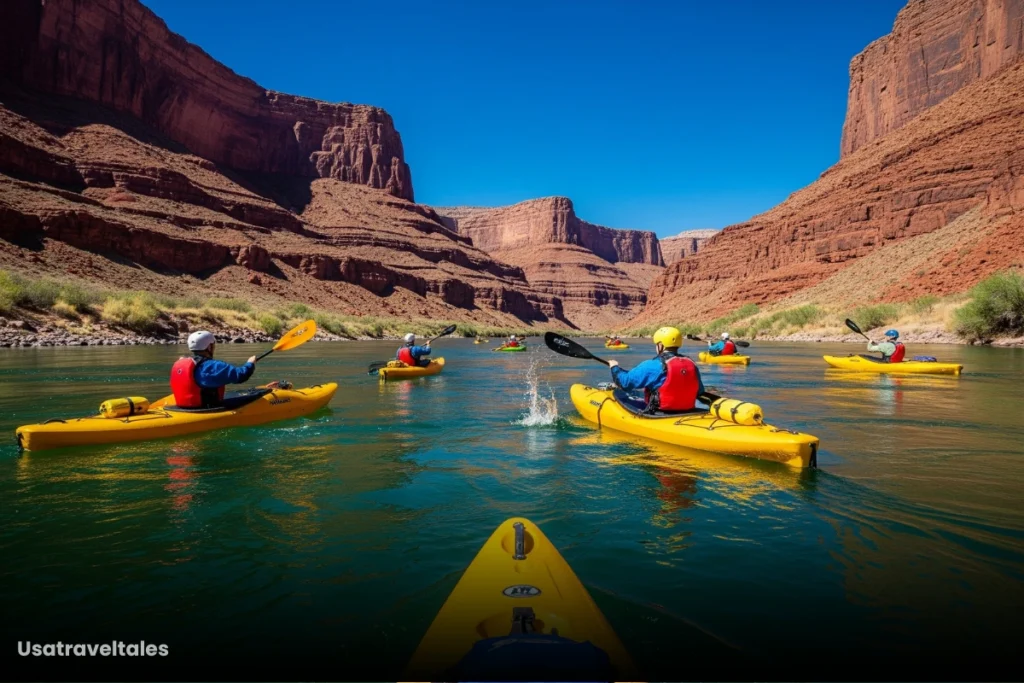
Beyond the permit itself, there are crucial operational details to consider.
1. Group Size Limits: These are strictly enforced to protect the river’s fragile ecosystem and ensure a quality experience for all users. Grand Canyon and Canyonlands, for example, have maximum group sizes (e.g., up to 40 people for private river trips in Canyonlands).
2. Age Restrictions for Kayakers: While there isn’t a blanket age limit for all sections, certain challenging rapids or agencies might have recommendations or requirements, especially for unguided trips.
For instance, Westwater Canyon strongly advises against bringing infants or small children unless they can demonstrate specific self-rescue skills due to the Class IV rapids. This is a critical safety consideration I always emphasize when advising new kayakers.
3. Designated Launch and Take-Out Points: You cannot simply put in or take out anywhere. Agencies have specific, often remote, launch and take-out points. Understanding access (e.g., paved roads, 4×4 required, shuttle services) is vital for your trip logistics.
Contingency Planning & Accountability
Understanding cancellation policies and potential penalties is part of being a responsible river user.
1. Cancellation and Change Policies for Permits: Permit fees are often non-refundable, particularly application fees. If you cancel a awarded permit, you generally won’t get your money back, though you might open up a spot for someone else.
Always read the fine print. Some permits allow for changes to group size or alternate trip leaders up to a certain point, but changing the launch date is almost universally prohibited.
2. Guide Requirements: When to Hire a Professional: For most of the challenging whitewater sections, if you’re not an experienced whitewater kayaker and trip leader, a commercial outfitter is highly recommended.
For sections like the Grand Canyon, if you don’t win a non-commercial permit, a guided trip is your only other option. I’ve spoken with many outfitters; their knowledge of the river, safety protocols, and ability to handle logistics is truly impressive.
3. The Cost of Non-Compliance: Penalties for Violations: Kayaking without a required permit or violating regulations (like exceeding group size, improper waste disposal, or unauthorized camping) can lead to hefty fines, permit revocation, and even bans from future trips.
Park rangers and BLM officers actively patrol these areas. I’ve personally heard stories from rangers during my inquiries.
Conclusion
Don’t let the paperwork deter you. Now, go forth, do your homework, and start planning your Colorado River kayaking trip.
Read More: Grand Canyon Kayaking
Read More: What Permits are Needed for Grand Canyon Kayaking?
Read More: How to Secure a Private Grand Canyon River Permit? Step-By-Step Guide
Read More: Your Essential Guide to Kayaking Black Canyon on the Colorado River
Share this content:

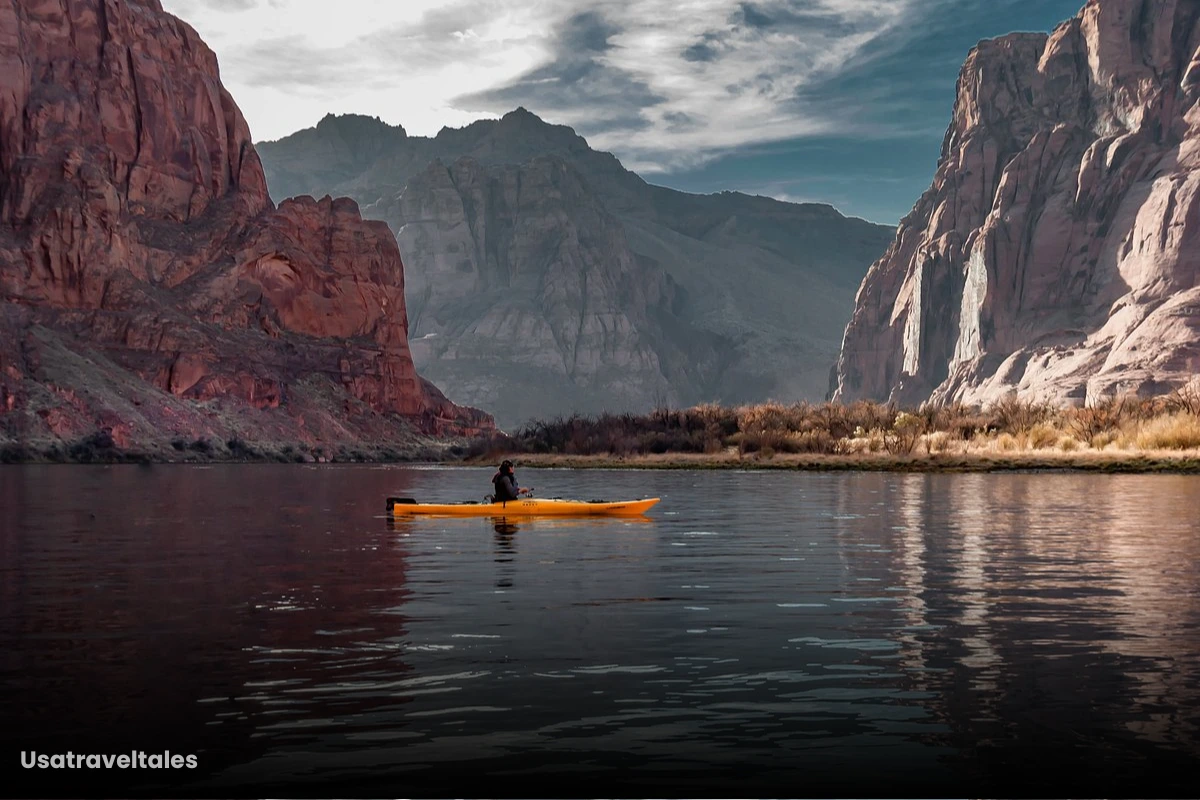
5 thoughts on “Kayaking the Colorado River: Essential Permits & Regulations”